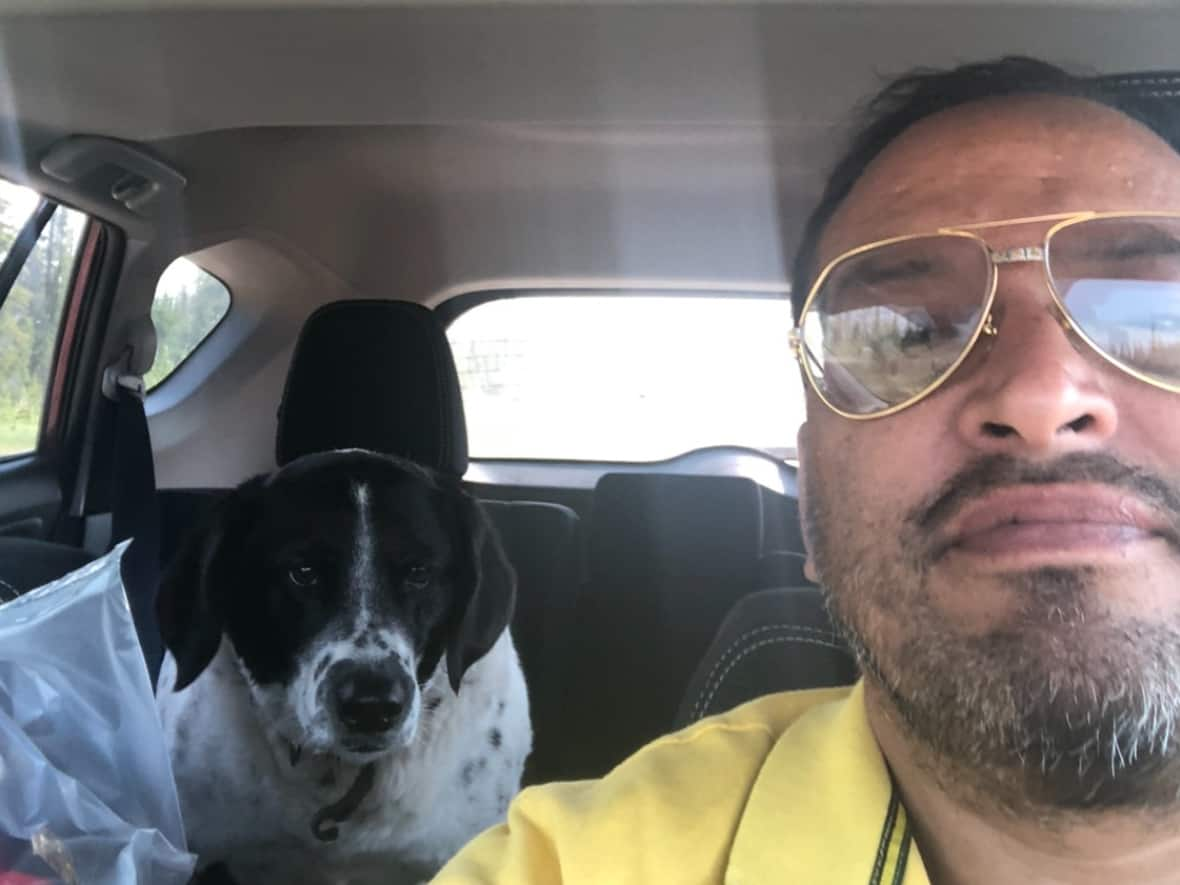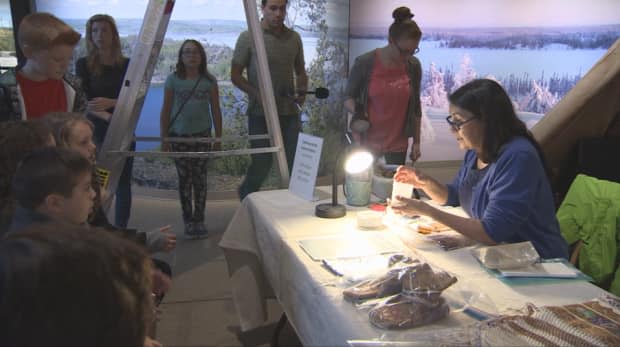$10K for Dene beaded gauntlets? Indigenous couture becoming 'luxury fashion,' say designers

In the North, it'll usually cost you hundreds of dollars for a pair of beaded gauntlet mitts sewed by Indigenous designers. But in the world of luxury couture — a direction some Indigenous fashion is headed in — they could fetch 10 times that.
D'Arcy Moses, a Dene fashion designer from Pehdzeh Ki First Nation in the N.W.T., says Indigenous couture is fitting more and more into a luxury space because of how unique the items are — with original designs and hand-sewn by artisans with decades of experience.
He recalls asking one of his friends how much a pair of fully beaded Dene gauntlets would go for at a high-end Paris fashion house like Lesage.
"He said, 'Lesage would easily charge $10,000 U.S. dollars.' So I mean, imagine what a pair of gauntlets is worth from anywhere in the North," Moses said.
The demand is high, and rising, for Indigenous clothing and jewelry, say fellow designers Suzan Marie and Lucy Yakeleya.
"I've noticed that everybody wants to get their hands on the earrings people are producing these days — they're so cool," Yakeleya said.
Marie makes caribou hair tufted earrings — a couture item — with natural materials from animals and the land.
"A long time ago, our people weren't given the fair value of their product. So now, we have this resurgence — we're pricing, marketing our products to the value that it actually is," she said.
The three designers are among the teachers at an Indigenous haute couture program currently underway at the Banff Centre for Arts and Creativity in Alberta.
They're two weeks into the program, with one week left to go, and say they've been struck by the creativity of the participants.
"It's just amazing, the way their ideas are just coming forth," said Yakeleya.

Blending traditional and modern sewing techniques
With the sheer amount of resources at the Banff Centre, the participants have all kinds of options at their fingertips for designing clothing. They can choose different ways of dyeing or screening their fabric; or different ways of cutting through leather.
It's a cross-cultural blending of traditional sewing techniques with modern technology, Moses said.
"What we're doing here is groundbreaking because we're mixing very, very traditional techniques that our great-grandmothers and grandmothers used to use, and we're mixing it with technology. And it's being embraced," he said.
It's also given the participants a chance to learn traditional sewing skills they may not have been taught before.
Yakeleya pointed to the use of porcupine quills as one example — the traditional way of sewing them involves flattening them and sewing them down to the hide or material.
"They've all been very excited to learn these traditional techniques," she said.
Marie said not only has the program given them the space to come together and collaborate, but the Banff Centre has also held it in a very compassionate way, taking care to address any triggers the teachers and participants may have from being in an institutional setting.
"It just gives us all room to create," she said.

